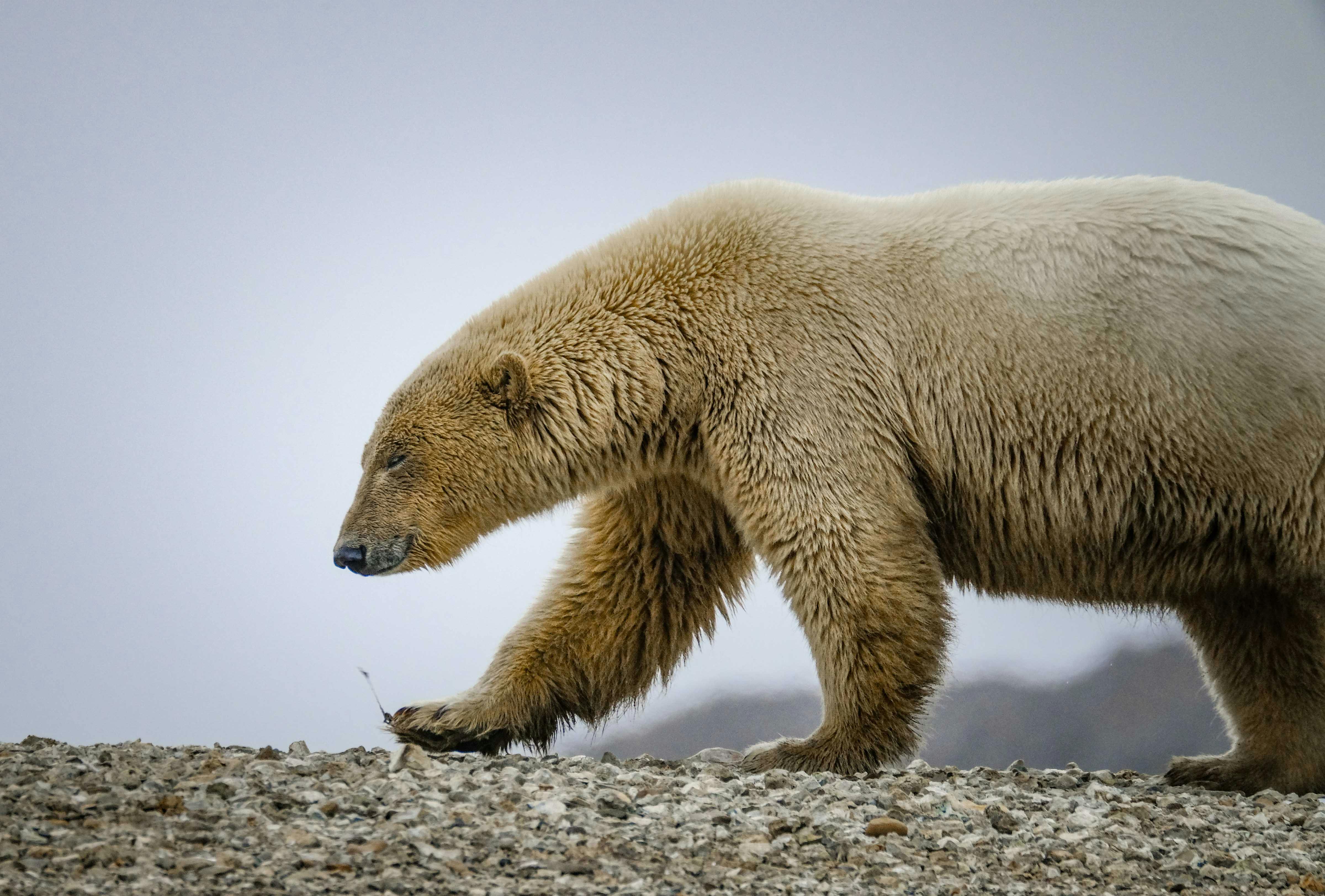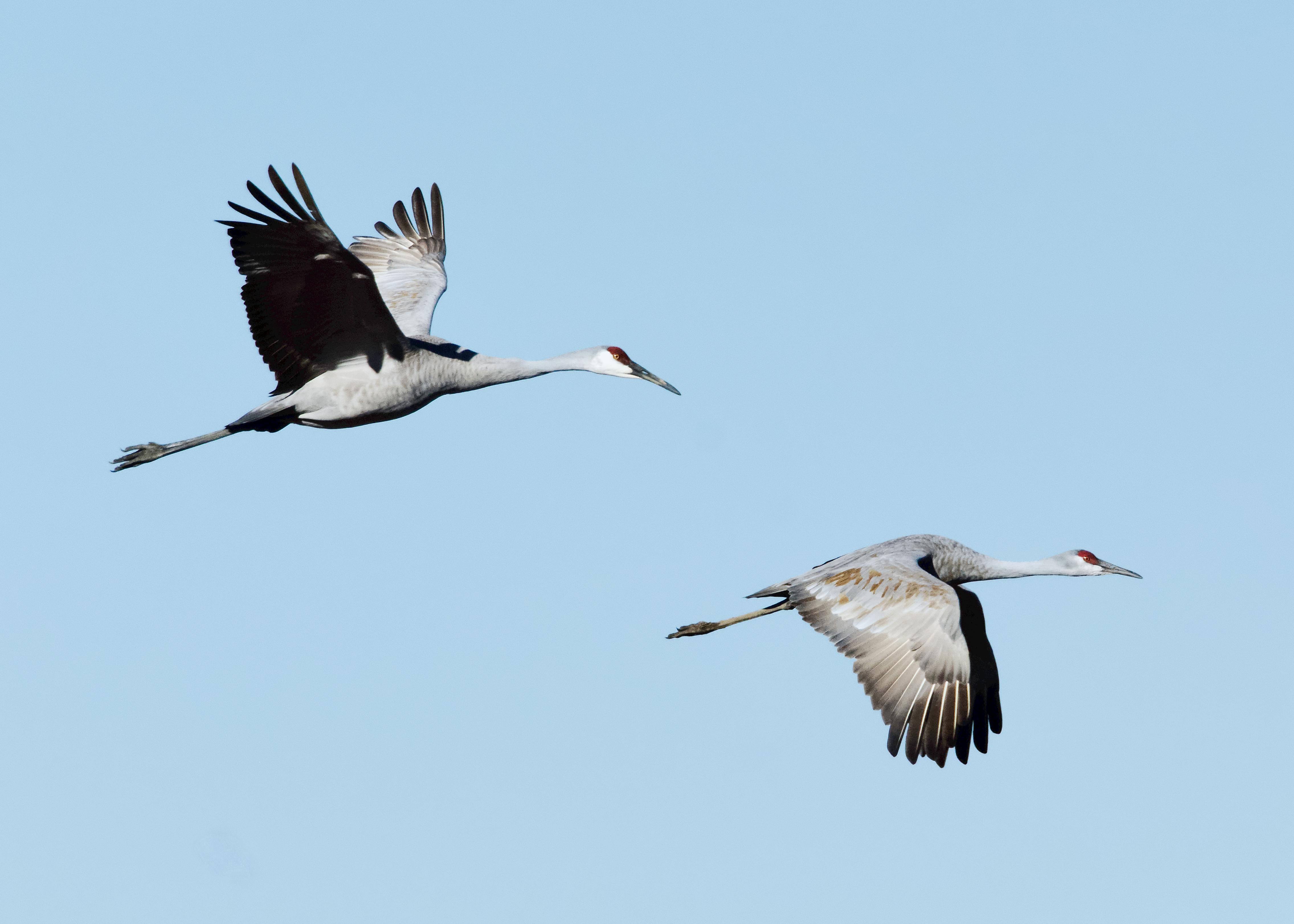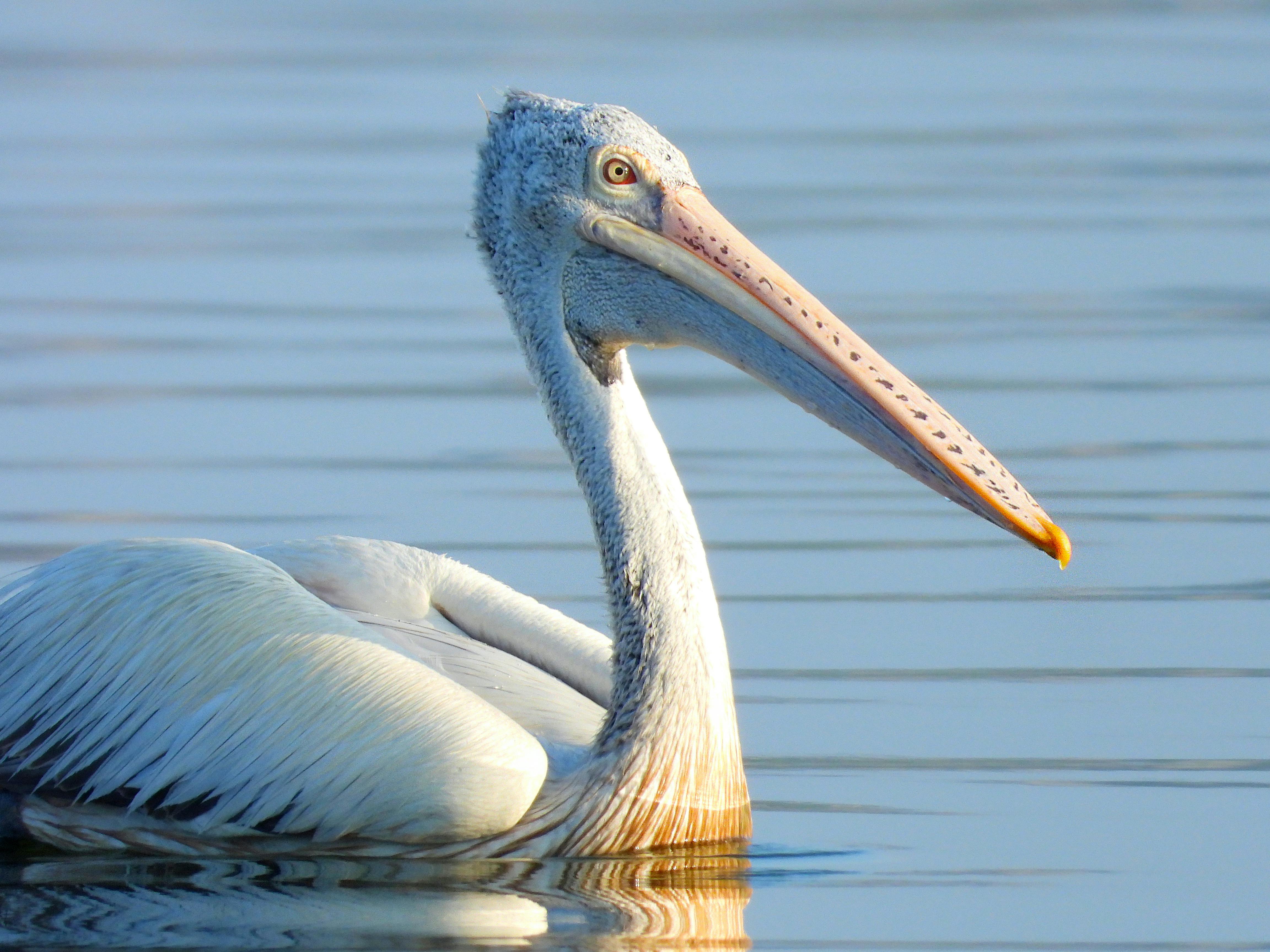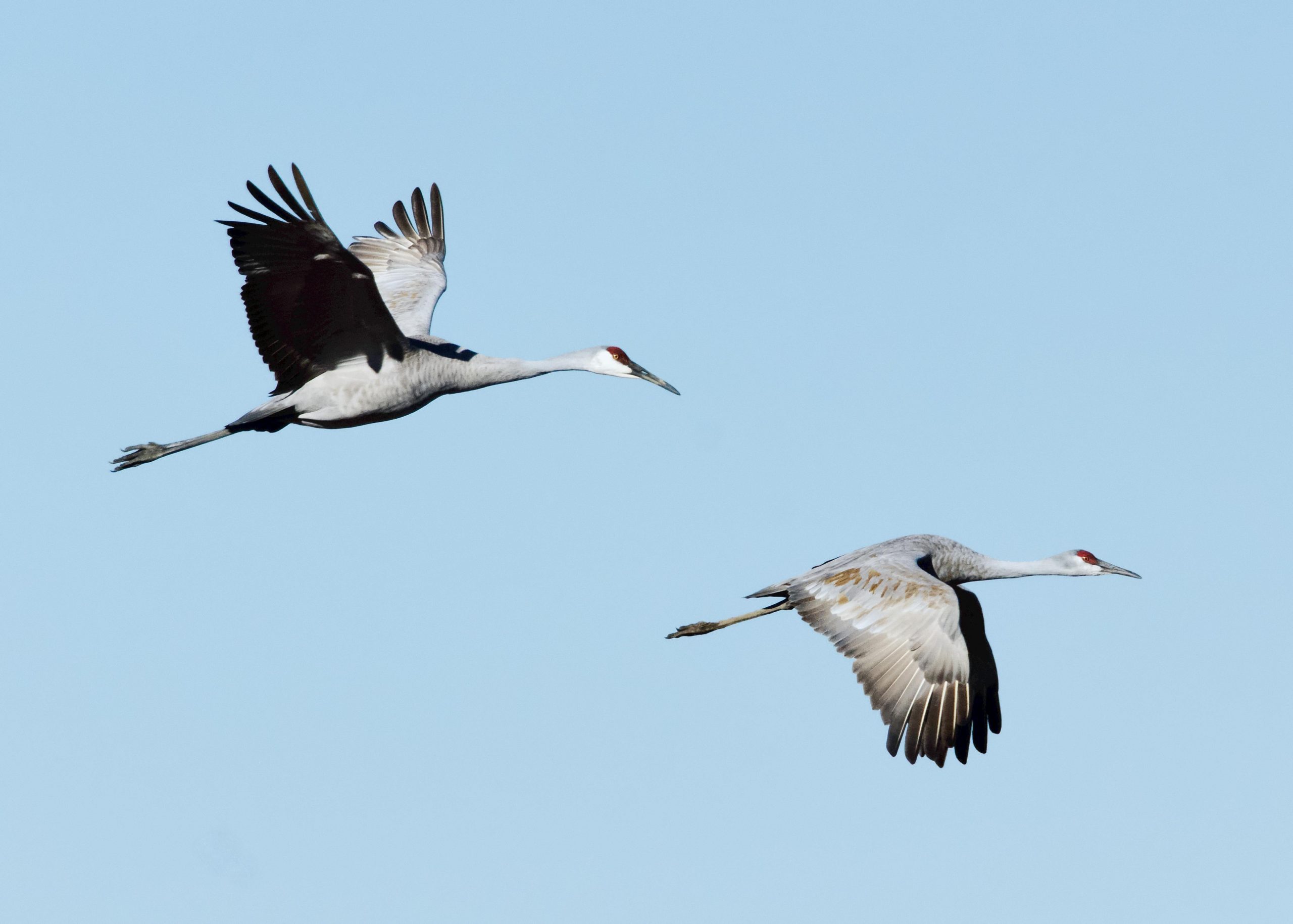Tired of dealing with the mess and waste caused by scattered bird seeds? Look no further! Installing bird seed trays and catchers can be a game-changer for both you and the birds. With a wide range of options available from reputable brands such as Kaytee, Perky-Pet, Droll Yankees, and more, you can easily find the perfect solution to minimize mess and keep your garden clean and organized. These trays and catchers not only help contain the mess but also ensure that no precious bird seed goes to waste. So, say goodbye to scattered seeds and hello to a cleaner, more enjoyable bird-feeding experience!

Understanding Bird Seed Trays and Catchers
Bird seed trays and catchers are important accessories for bird feeders. They serve the purpose of collecting the seeds that birds drop while they are feeding, preventing them from falling to the ground and creating a mess. These trays and catchers typically attach underneath the bird feeder to catch any stray seeds, preventing them from scattering and attracting pests. They are designed to be easy to clean and maintain, making them a valuable addition to any bird feeding setup.
Types of Bird Seed Trays and Catchers
There are several different types of bird seed trays and catchers available on the market. Here are some of the most common options:
Trays and platforms
Trays and platforms are the most basic type of bird seed catcher. They are usually flat and attach directly to the bottom of the bird feeder. These trays catch any seeds that fall from the feeding ports, providing an additional surface for birds to perch while they eat. Trays and platforms are typically made of durable materials such as plastic or metal and are easy to clean.
Tube feeder trays
Tube feeder trays are designed to attach to the bottom of tube-style bird feeders. These trays are usually shaped like a funnel, with a wide opening at the top that narrows down to a smaller opening at the bottom. This design allows the tray to catch any seeds that are dropped by birds while they are feeding from the tube feeder. Tube feeder trays are often made of transparent plastic, allowing you to easily see when they need to be emptied or cleaned.
Hanging feeders with built-in trays
Some bird feeders are designed with built-in trays or catchers. These feeders typically have a platform or tray integrated into the design, allowing any seeds that fall to be collected without the need for an additional attachment. These feeders are convenient and eliminate the need for extra cleaning and maintenance.
Ground trays
Ground trays are large, flat trays that are placed directly on the ground under the bird feeder. These trays catch seeds that are dropped by birds and prevent them from scattering across the ground. Ground trays are particularly useful for attracting ground-feeding birds such as sparrows or doves. They are typically made of sturdy materials that can withstand outdoor conditions.
Suet feeder trays
Suet feeder trays are specifically designed to catch any pieces of suet or other soft bird food that may drop from suet feeders. These trays are often made of metal mesh or wire that allows birds to easily access the suet while preventing larger pieces from falling to the ground. Suet feeder trays are easy to clean and can help minimize mess and waste.

Brands Specializing in Bird Seed Trays and Catchers
There are many brands that specialize in bird seed trays and catchers. Here are some notable ones:
- Kaytee
- Perky-Pet
- Droll Yankees
- Wagner’s
- Brome Bird Care
- Wild Delight
- Stokes Select
- Audubon
- Woodlink
- Pennington
- Heath Outdoor Products
- Gardman
- Lyric
- Aspects
- First Nature
- Morning Song
- Squirrel Buster
- More Birds
- C&S Products
- Erva Tool & Die
- Cole’s Wild Bird Products
- Scotts
- Birdscapes
- Best-1 Hummingbird Feeder
- Heritage Farms
These brands offer a wide range of bird seed trays and catchers, each with its own unique features and design.
Features to Look for in Bird Seed Trays and Catchers
When choosing bird seed trays and catchers, there are several important features to consider:
Size and capacity
Consider the size and capacity of the tray or catcher to ensure it can adequately collect the amount of seeds that fall from your bird feeder. Choose a size that matches the size of your feeder and the number of birds you typically attract.
Material and durability
Look for trays and catchers made from durable materials that can withstand outdoor conditions. Plastic and metal are common options that are easy to clean and maintain.
Ease of cleaning
Choose trays and catchers that are easy to clean to ensure bird health and hygiene. Look for designs that can be easily detached or emptied for cleaning without disturbing the bird feeder.
Ease of installation
Consider how the tray or catcher attaches to your bird feeder. Look for options that are easy to install and securely attach to prevent accidental dropping or detachment.
Compatibility with existing feeders
Ensure that the tray or catcher is compatible with the type of bird feeder you have. Different feeders may have different attachment mechanisms, so choose a tray or catcher that can be easily attached to your feeder.

Installing Bird Seed Trays and Catchers
Installing bird seed trays and catchers is a simple process. Here is a step-by-step guide:
-
Begin by selecting the appropriate tray or catcher for your bird feeder. Consider the size and type that will best suit your feeder and the bird species you are trying to attract.
-
Read the manufacturer’s instructions for installation. Different trays and catchers may have different attachment mechanisms, so it is important to follow the specific instructions provided.
-
Attach the tray or catcher to the bottom of your bird feeder according to the instructions. Ensure that it is securely attached and will not easily detach or fall off.
-
Test the attachment by gently pulling on the tray or catcher to ensure that it is secure.
Safety tips during installation:
- Always follow safety precautions and read the instructions provided by the manufacturer.
- Make sure to install the tray or catcher in a secure manner to prevent it from falling and potentially injuring birds or individuals below.
- Be cautious when working at heights and use appropriate safety equipment or assistance if needed.
Location and positioning considerations:
- Install the tray or catcher directly beneath the bird feeder to ensure that it can effectively collect any seeds that fall.
- Consider the proximity to other structures or trees that may obstruct the tray or catcher or make it difficult to access for cleaning.
Maintaining Bird Seed Trays and Catchers
Routine cleaning and maintenance of bird seed trays and catchers are essential for bird health and hygiene. Here are some tips:
-
Regularly empty the tray or catcher to prevent a buildup of seeds and debris. Depending on the amount of bird activity, this may need to be done daily or weekly.
-
Clean the tray or catcher with warm water and mild detergent to remove any residue or bird droppings. Use a brush or sponge to scrub away any stubborn debris.
-
Rinse the tray or catcher thoroughly to remove all soap residue and allow it to dry completely before reattaching it to the bird feeder.
-
Inspect the tray or catcher regularly for any signs of damage or wear. Replace any parts that are cracked, broken, or no longer functioning properly.
Ensuring bird health and safety:
- Regular cleaning helps prevent the growth of mold, bacteria, or other pathogens that can be harmful to birds.
- Use bird-friendly cleaning products that are non-toxic and safe for birds.
- Check the tray or catcher for any sharp edges or protruding parts that could potentially injure birds.
Replacing old or damaged trays and catchers:
- Over time, trays and catchers may become worn out or damaged. It is important to replace them when necessary to maintain the functionality of the bird feeding setup.
- Check for replacement parts or contact the manufacturer for assistance in finding compatible trays and catchers for your specific feeder.
Minimizing Mess with Bird Seed Trays and Catchers
Bird seed trays and catchers play a crucial role in minimizing mess and waste. Here’s how they contribute to a cleaner feeding area:
How bird seed trays and catchers reduce mess:
- By collecting any seeds that fall from the bird feeder, trays and catchers prevent them from scattering across the ground and creating a mess.
- They also help reduce the risk of attracting pests such as rodents or squirrels to the feeding area.
Choosing the right bird seed for less mess:
- Consider using hulled or shelled bird seeds, as these produce less waste and are less likely to germinate.
- Avoid using cheap or low-quality bird seed blends, as they often contain filler ingredients that birds may discard, leading to more mess and waste.
Additional tips for a cleaner bird feeding area:
- Regularly sweep or rake the area beneath the feeder to remove any stray seeds or debris that may have fallen outside of the tray or catcher.
- Position the feeder and tray or catcher away from gardens or areas where seeds may be difficult to clean up.
- Consider placing a mat or tray under ground trays to catch any seeds that may fall through.
Attracting Birds with Bird Seed Trays and Catchers
Different bird species are attracted to different types of feeders. Here’s how you can use bird seed trays and catchers to attract specific bird species:
Bird species attracted by different types of feeders:
- Tube feeders with attached trays or catchers are popular among small songbirds such as finches, chickadees, and titmice.
- Ground trays are effective at attracting ground-feeding birds such as sparrows, doves, and towhees.
- Suet feeder trays are designed for birds that enjoy soft suet or other similar food, such as woodpeckers and nuthatches.
Choosing bird seed that attracts desired bird species:
- Research the preferred diets of the bird species you want to attract and choose bird seed blends that contain their preferred foods.
- Consider using specialty blends or mixes that are specifically designed to attract certain bird species.
Tips for making your feeding area more appealing to birds:
- Provide a variety of feeders with different types of seed and food to attract a diverse range of bird species.
- Ensure that the feeding area is clean, well-maintained, and protected from predators or disturbances that may scare birds away.
Solving Common Problems with Bird Seed Trays and Catchers
While bird seed trays and catchers are generally effective in minimizing mess, there can still be some common problems. Here’s how to address them:
Preventing squirrel and rodents’ access:
- If squirrels or rodents are accessing the bird seed in the trays or catchers, consider investing in squirrel-proof feeders or placing baffles or guards around the feeder poles.
- Opt for feeders with weight-sensitive mechanisms that close off access to the seeds when a certain weight is detected.
Dealing with weather and elements:
- Extreme weather conditions such as heavy rain or snow can cause bird seed to become soggy or moldy. Regularly check the trays or catchers and remove any wet or spoiled seeds.
- Consider using weatherproof covers or shelters to protect the seed and the trays or catchers from the elements.
Addressing over-crowding issues:
- If too many birds are competing for space on one feeder, consider adding additional feeders or larger feeders to accommodate the bird population.
- Alternatively, spread out the feeders around the area to encourage birds to disperse and reduce competition.
Available Bird Seed Options
Choosing the right bird seed is vital for attracting the desired bird species. Here are some options to consider:
Types of bird seed for different bird species:
- Black oil sunflower seeds: Attracts a wide variety of birds, including cardinals, finches, and chickadees.
- Nyjer (thistle) seeds: Preferred by finches, goldfinches, and siskins.
- Millet: Attracts sparrows, juncos, and doves.
- Safflower seeds: Attracts cardinals, chickadees, and nuthatches, while deterring squirrels.
- Peanuts: Enjoyed by woodpeckers, jays, and titmice.
- Mixed seed blends: Provide a variety of seeds and attract a diverse range of bird species.
Best bird seed brands on the market:
- Kaytee, Wagner’s, Lyric, and Pennington are renowned for their high-quality bird seed blends and mixes.
Choosing the right bird seed according to the season:
- Consider offering different types of bird seed throughout the year to accommodate the changing dietary needs of birds.
By selecting the appropriate bird seed and regularly filling the trays or catchers, you can create an enticing feeding area for a variety of bird species.
In conclusion, bird seed trays and catchers are essential accessories for bird feeders. They help minimize mess, attract specific bird species, and contribute to the overall health and hygiene of the feeding area. By understanding the different types, features, and maintenance requirements of these trays and catchers, you can create an enjoyable and clean bird feeding experience for both birds and bird enthusiasts.
